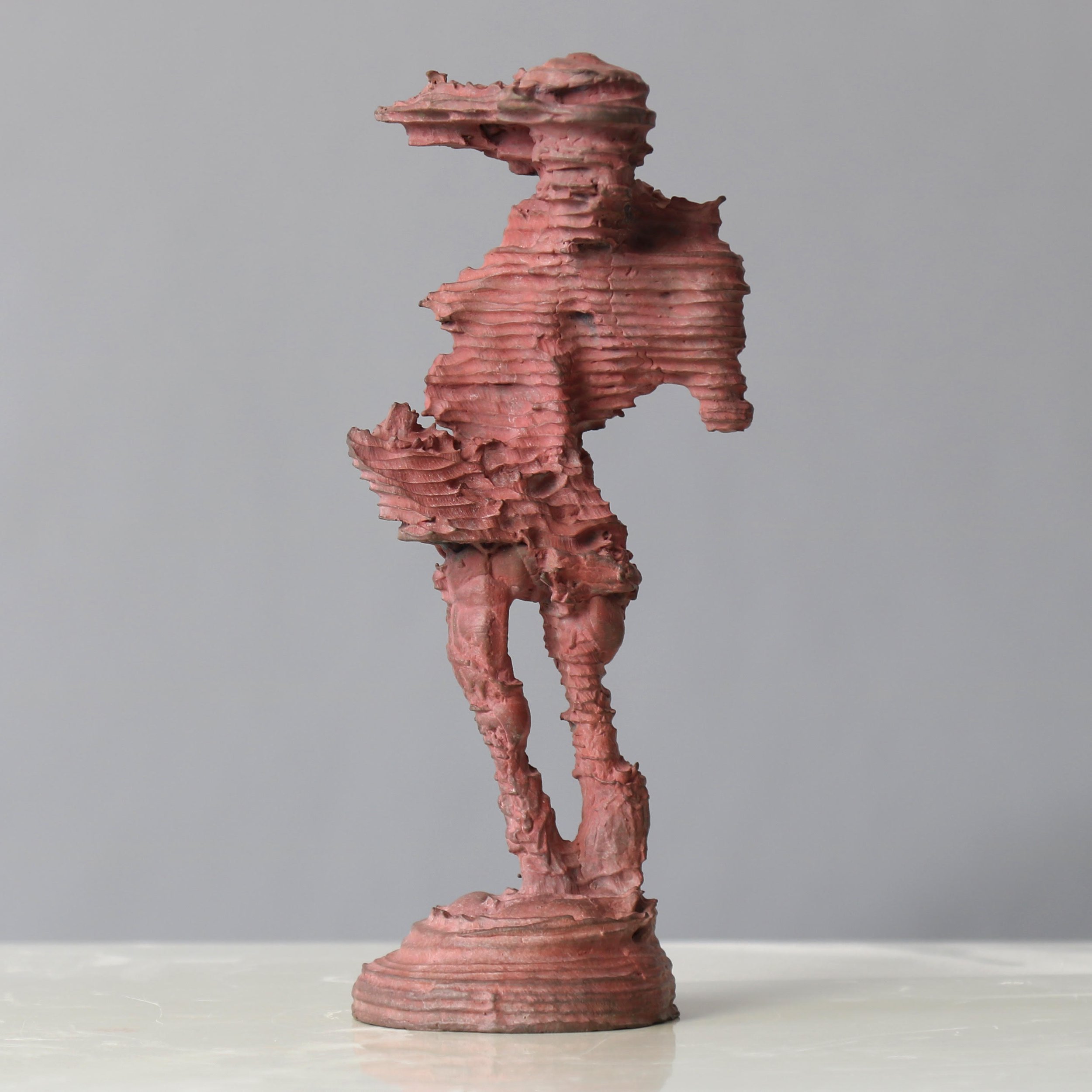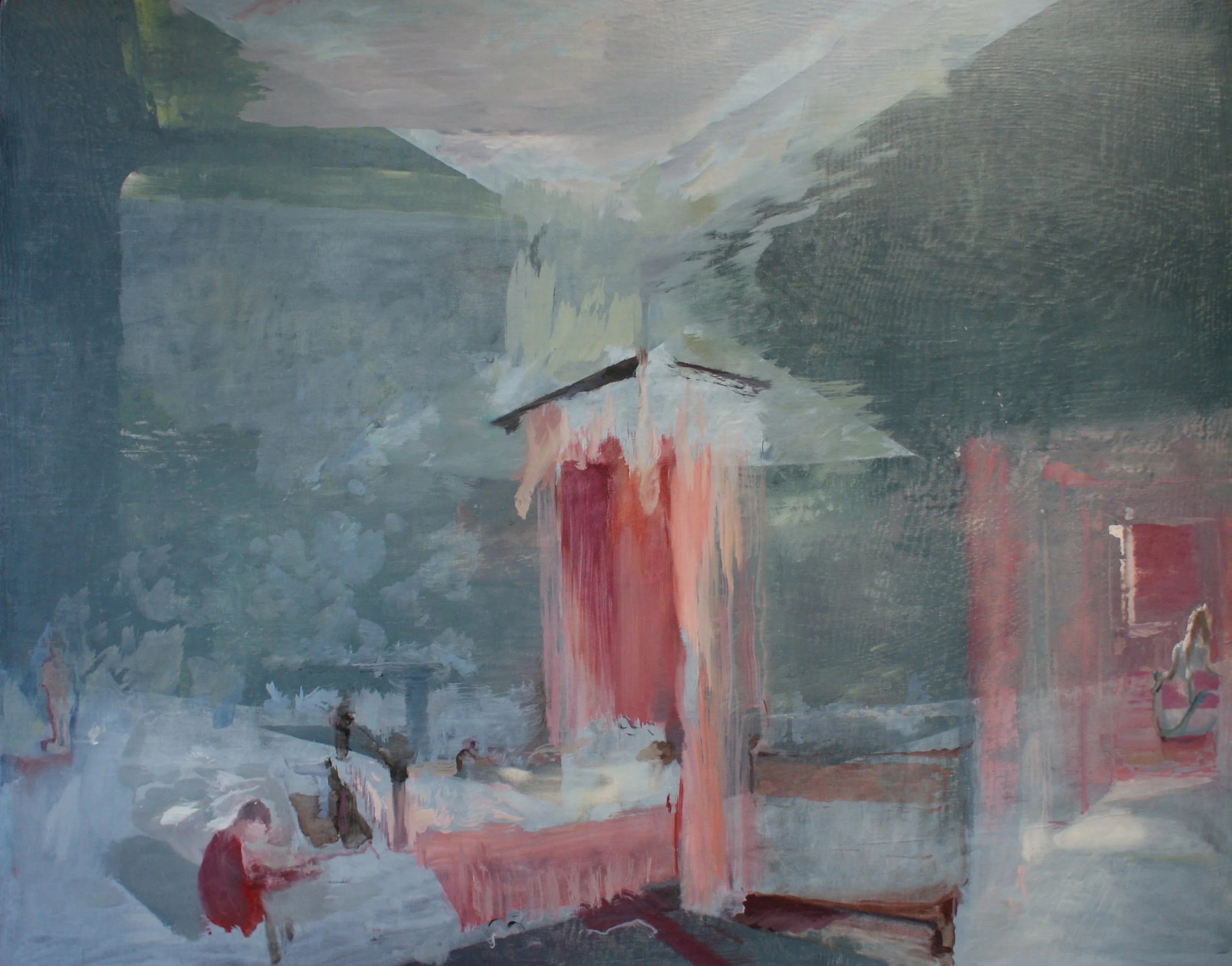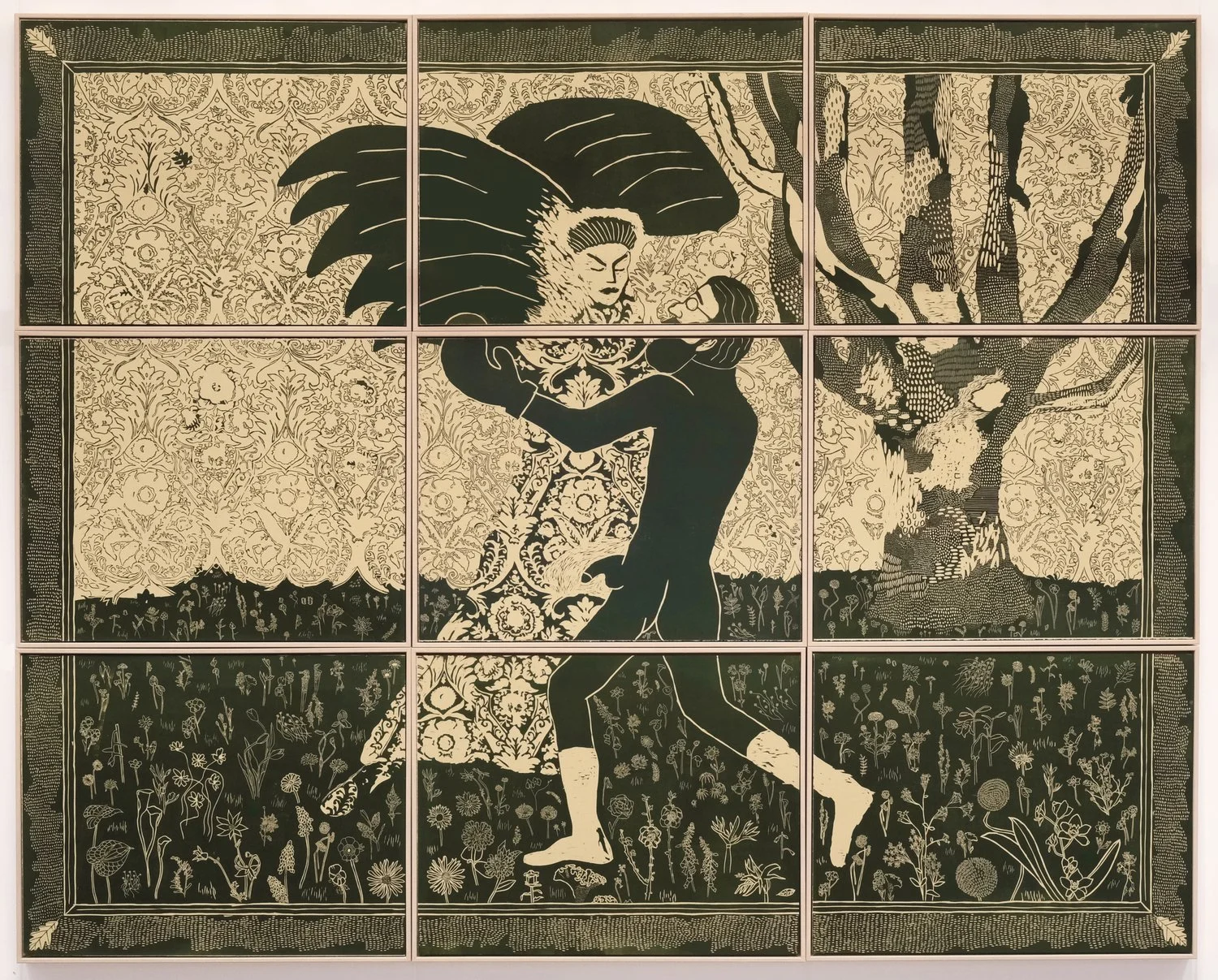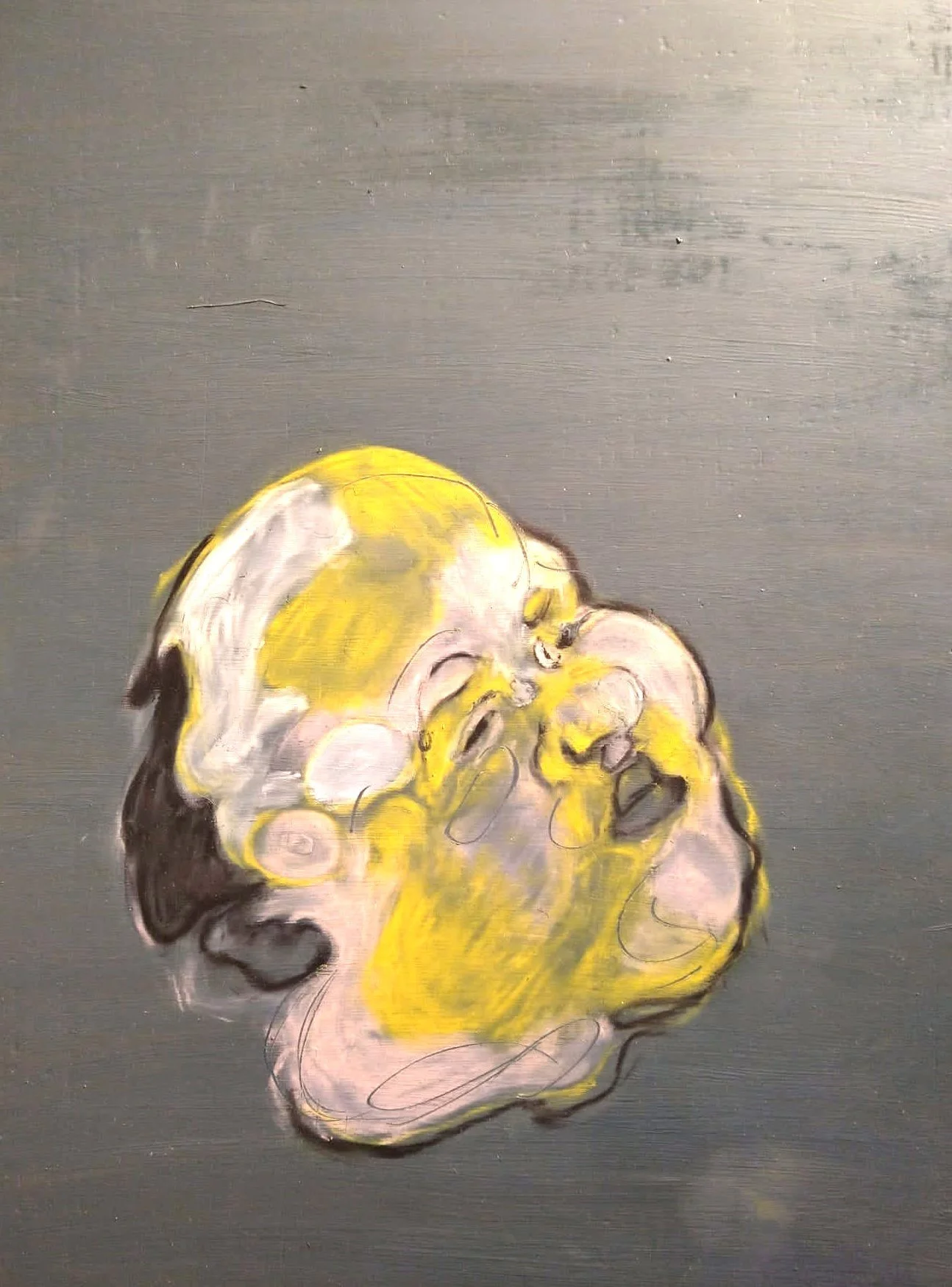Exhibited Artists
-
Yukhnovich's practice reviews the expression of art historical aesthetics in contemporary visual culture. Reflecting on the associated ideological and political meanings, she intertwines art historical and contemporary imagery to explore her own experience of the world.
In her current work, she examine the notion of femininity through the rococo. Yukhnovich draws a parallel between the reputation of the rococo as superficial and frivolous and the idea of femininity as passive, submissive and decorative. To undermine these myths, she explores the deep and complex meaning present in rococo works, making it explicit in her paintings.
Channeling the inherent eroticism of Fragonard’s gesture, Yukhnovich creates visceral affect within the decorative rococo aesthetic. She aims to make active paintings which are not just gazed upon, but have the capacity to move the viewer. In doing so, she hopes to express the agency and power of being a woman.
Painting is mysterious and transformative. Through a reflexive process, disparate elements become one, emerging as something surprising and new from the painterly chaos. Working in harmony with the material, Yukhnovich take pleasure in sumptuous brush marks, allowing them to guide her hand. The raw and painterly surface offers a window into the painting process, making visible her own agency as the artist as well as revealing the unseen, beautiful moments which happen in the studio.
-
Celebrated Architect, Neave Brown, retrained in retirement as a fine artist, havingdrawn continuously throughout his life, despite choosing Architecture over Fine Art at 20 years old.
Brown continues to draw, mainly nudes, the lines and expressive gestures of which contrast with his layered, technical and considered prints and paintings, and deeply reflect his energy and creative intimacy with his artists’ tools.
“I have become reconciled with the differences in the groups of work I do; partly as a result of greater skill, experience and experiment; partly an increased sense of freedom.”
Brown’s primary influence throughout his practice has been the post-war New York School, subsequently with various overlays and influences.
“I have never felt comfortable with, or would assume the transcendental or ‘fundamental reality’ aspect of that early work (understandable after the war), nor art as meditation, nor concern with some spiritual state beyond the person – or at the other extreme, art as comment on perceived reality.
I prefer the sense of engagement and a sense of the threatened and untidy psyche; it’s internal dynamics and conflicts; a view of the simultaneity of complex self and complex world.”







